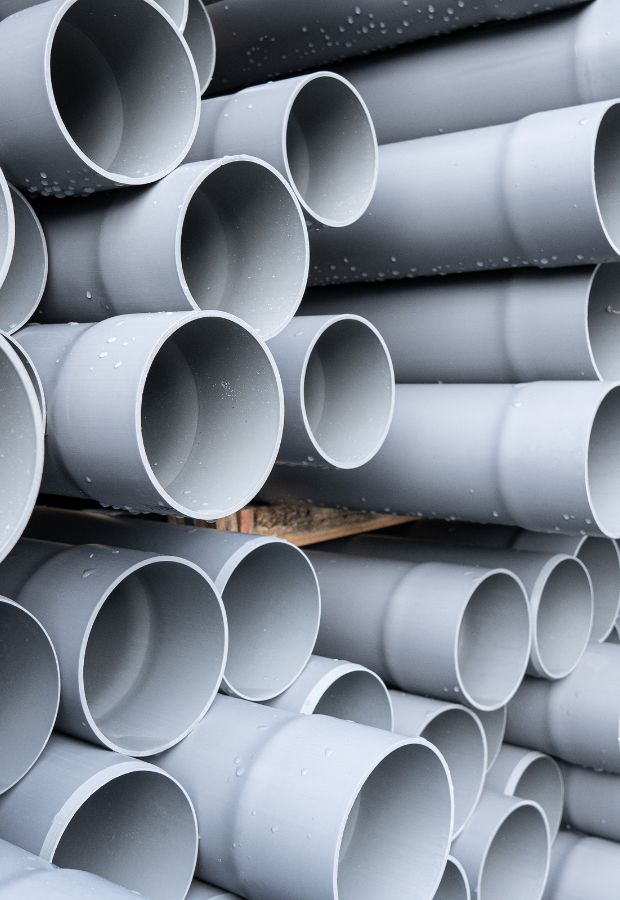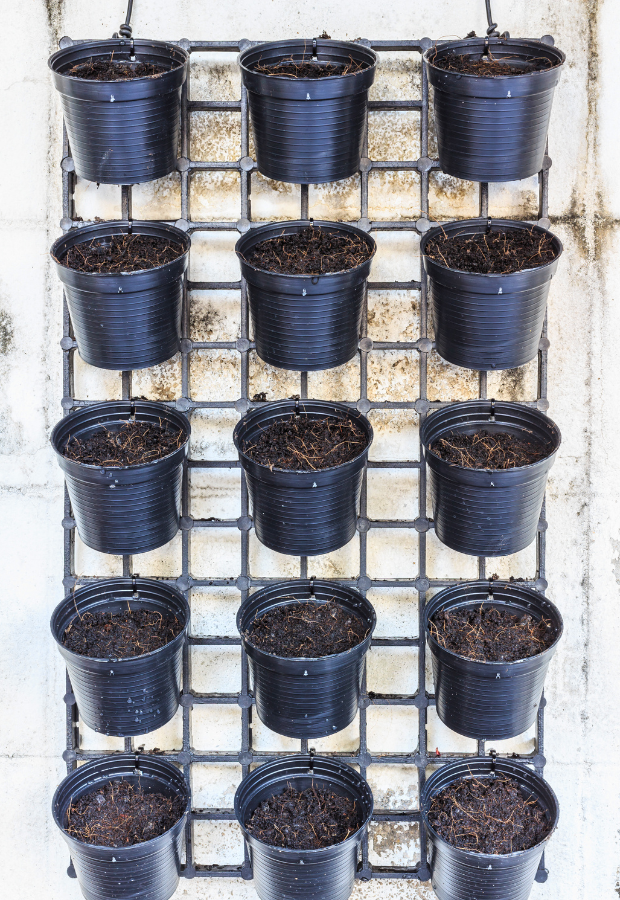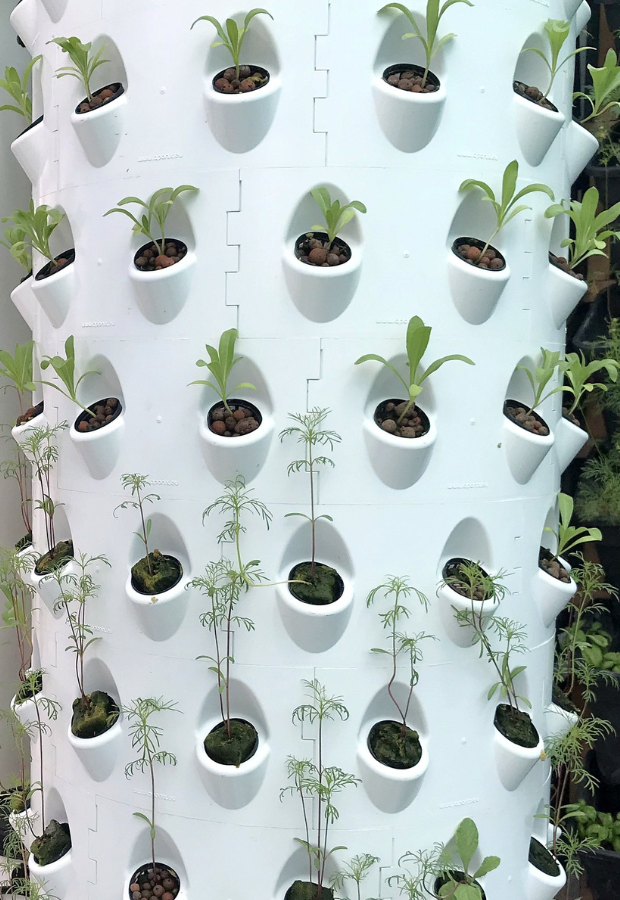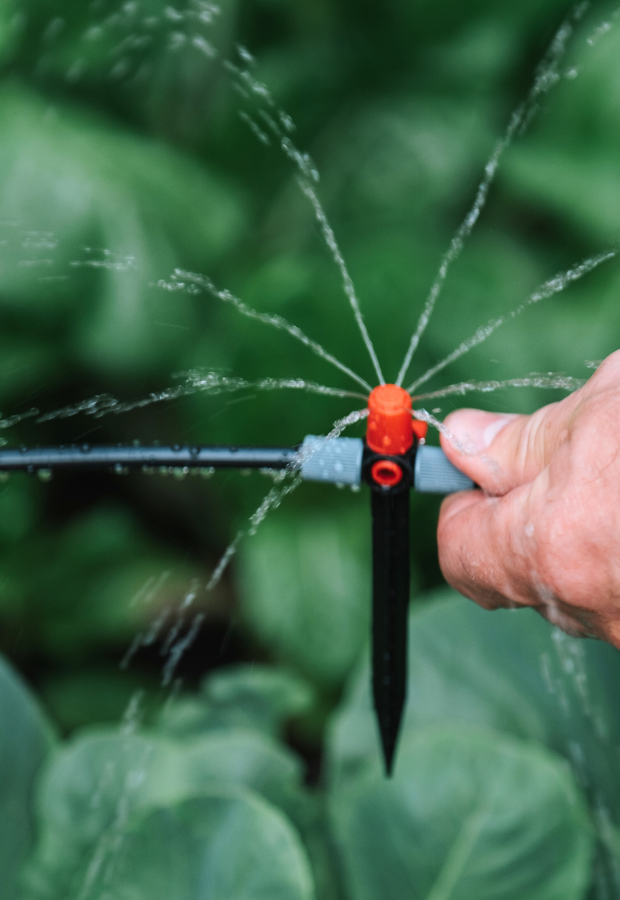To create a DIY vertical garden, simply create the structure, choose the plants and containers to install, and the irrigation system.
What is a Vertical Garden?
And vertical garden It is an innovative solution that allows you to grow plants in a vertical space, using specially constructed structures or even walls and being able to create a “green corner” in small spaces.
Vertical Garden Example – Canva
Realize A vertical garden requires careful planning and precise construction.
First you need to define the area and consider the measurement, then locate a wall or a vertical structure that receives sufficient light for the plants you want to grow.
It could be a internal wall well lit or a external exposed to the sunlight.
Measure the space with a tape measure, height and width of the available area, then write down these measurements to use in designing the layout.
To design the structure by drawing the plan, perhaps using a graph paper o one design software to get a clear vision.
Then indicate the anchor points on the drawing to understand where the bearing structure.
After that, you need to start considering the choice of materials, including: treated wood, galvanized metal or resistant plastic; the important thing is that the materials used are robust and resistant to the environmental conditions of the installation site.
Choosing materials for a vertical garden
When it comes to choosing the materials for the structure of a vertical garden, it is important to consider several factors, including the durabilityi costs andaesthetics.

PVC Pipes for Vertical Garden – Canva
Here is an analysis of the main materials used, along with the pros and cons.
- Treated Woodaverage cost.
Pro: Aesthetically pleasing and natural, easy to work and customize, good resistance when treated properly against humidity and insects.
Against: Requires periodic maintenance to prevent deterioration and may warp or rot if exposed to humid conditions without proper treatment.
- Galvanized Metalmedium – high cost.
Pro: Extremely strong and durable and requires little maintenance.
Against: Can get very hot in direct sunlight, potentially damaging plants; more difficult to work with and install than wood.
- Durable plastic with a low to medium cost.
Pro: Lightweight and easy to install, it is resistant to humidity and weather.
Against: Aesthetically less attractive than wood or metal and some types of plastic may not be environmentally friendly.
- PVC panels at an average cost.
Pro: Waterproof and weatherproof, easy to clean and maintain and lightweight and easy to install.
Against: Aesthetically less pleasing than natural materials and are non-biodegradable, therefore less ecological.
- Bricks o concrete blocks medium-high cost.
Pro: Extremely durable and robust and with good thermal insulation capacity. They can be used to create stable and permanent structures.
Against: Heavy and difficult to install. They require a solid base and adequate support; they are therefore less flexible for modifications and adjustments than other materials.
Preparing the structure of a vertical garden
For the preparation from the support structure for a vertical garden you must first identify anchoring points on the wall or chosen structure, using a level to ensure that these points are correctly aligned and thus guarantee that the structure is perfectly straight and uniform.
This step is crucial for avoid tilts o instability which could compromise the safety of the vertical garden.
The supporting structure can be made of various materials, such as lattice panels, metal grids or a system of racks.
Start theInstallation of the structure positioning it against the wall and making sure it is in line with the previously marked anchor points.

Wood Structure Example – Canva
Use expansion plugs o long screws to securely fix the main supports to the wall or load-bearing wall.
I know if you use one grill o one lattice panelsimply fix to the supports with screws or metal clamps, making sure that each contact point is stable and secure for to distribute better the weight of the plants.
Choosing Pots in a Vertical Garden
I containers for the creation of the vertical garden they can be wall vases, fabric pockets, tubi in PVC e wooden boxes; each typology has a different cost, attachment method and layout.

Wall Planters as Vertical Garden Containers – Canva
We begin by evaluating the type of plants to insert, their depth and robustness.
Among the containers you can choose between:
- Wall vases: available in various materials such as ceramic, plastic or metal, they are ideal for smaller plants and decorations, and have a cost that ranges between 5 hey 20€ each.
They can be hooked up with hooks o bracketsjust fix the hook well to the structure with a sturdy screw, so as to ensure good support for the vase. - Fabric pockets: Made of breathable materials, they are lightweight, easy to install and perfect for plants that require good drainage.
The cost varies between 10 hey 30€ per unit and can be installed to the structure through the Reinforced eyelets. - Tubi in PVC: resistant and easy to cut to size, suitable for large scale projects, with very affordable costs: 2-10€ To the subway.
They can be fixed to the structure with some cable ties or brackets metallic. - Wooden boxes: they offer a natural look and are great for larger plants or multiple arrangements; their cost is 15–50€ each, depending on the quality used.
The attachment to the structure takes place through some corner brackets.
Arrangement of containers in a vertical garden
The disposition containers in a vertical garden is essential, just position the containers so that the taller or larger plants need light are at the top, while the plants that They tolerate the shade lower.

Container Arrangement – Canva
As for the distance, you have to leave the enough space between the containers to allow the plants to grow without competing for light and air: a good distance between containers is about 20-30 cm.
Vertical garden irrigation
And irrigation system efficient for a lush vertical garden could be thedrip irrigationor a network of pipes con small holes.

Drip Irrigation System – Canva
The drip irrigation system is highly efficientas it reduces the waste of water and ensures that each plant receives the amount of water it needs.
This system is ideal for vertical gardens because the water drip slowly e penetrates directly into the roots.
A valid alternative is the pipe network with small holes, because easy to install and can be adapted to the size and layout of the vertical garden.
Tubes with small holes allow for a uniform distribution of water throughout the structure.
To make a irrigation system made of networks of tubes with small holes do-it-yourself just get:
- Drip irrigation pipes or perforated pipes.
- Connectors and fittings.
- Watering timer (optional, but recommended to automate the process).
- Scissors or cutter for cutting pipes.
- Supports for fixing the pipes to the structure.
Then start by drawing a diagram of the vertical garden, indicating the position of the containers and plants.
Decide where to place the hoses to ensure even coverage, then measure and cut the hoses to the size of your garden.
Position the pipes so that they pass close to all the plants, using supports to secure them to the structure. Insert holes or drippers at this point (if you are using a drip irrigation system, insert drippers into the pipes close to the roots of the plants).
For a perforated pipe network, make sure the holes face the plant soil.
Now you can connect the irrigation system to a timer to automate irrigation; this will allow you to program irrigation based on the needs of the plants, avoiding both excess and lack of water.
The benefits of the vertical garden
Aesthetics, thermal insulation, acoustic e well being are just some of the advantages that vertical gardens offer.
Aesthetics, as they add a touch of beauty and originality to any environment.
Improve the air qualityin fact the plants absorb carbon dioxide e release oxygencontributing to purify the air.
Some plant species can also absorb volatile organic compounds (VOC) and other pollutants present in indoor environments.
They guarantee thermal and acoustic insulation as they can contribute to thermally insulating buildings, reducing the necessity of heating e cooling down. In addition, plants help to reduce noisecreating a more peaceful environment.
Ultimately, plants in a vertical garden reduce stress, improve mood, and increase productivity.
An indoor vertical garden can transform a room into an oasis of peace and relaxation.
Source: www.lavorincasa.it


